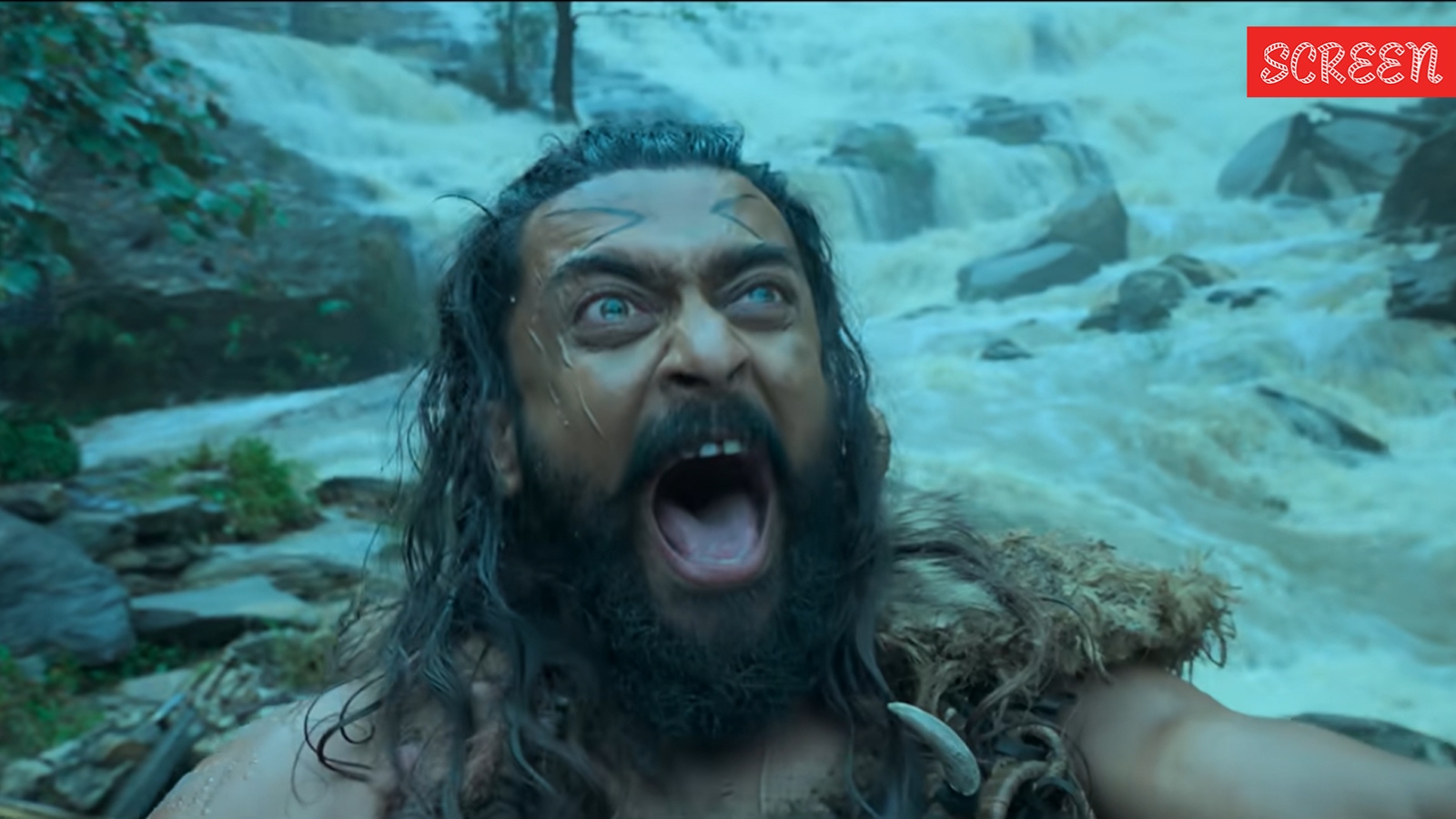 |
|
The recent release of the highly anticipated Tamil film, Kanguva, starring Suriya and directed by Siva, has sparked a wave of discussion and criticism amongst moviegoers. While the film generated considerable buzz before its premiere, post-release reactions have prompted the filmmakers to implement significant changes. One of the most prevalent complaints centered on the overwhelming loudness of the audio mix, making the viewing experience jarring and uncomfortable for many. This prompted a swift response from KE Gnanavel Raja, the producer under the Studio Green banner. He announced a planned reduction in the film's overall audio volume, promising a more balanced and enjoyable theatrical experience. This proactive step demonstrates a willingness to address audience feedback directly, a vital aspect of maintaining a positive relationship with the viewing public. However, the audio adjustment is not the only change being made.
Beyond the audio concerns, significant narrative adjustments are underway. The filmmakers have decided to trim approximately 12 minutes from the film's runtime, resulting in a final length of approximately 2 hours and 22 minutes. This decision is a more substantial undertaking, suggesting a considerable amount of reshooting and editing work will be required. The focus of these cuts appears to be on the present-day portions of the film, which received the most negative feedback. These sequences feature Suriya as the character Francis, along with Disha Patani, Yogi Babu, and Redin Kingsley. The consensus amongst viewers appears to be that these scenes, set in 2024, are cumbersome and detract from the overall narrative flow. The film also features a historical setting in 1070 AD, which many found far more engaging.
The decision to significantly alter the present-day storyline suggests a concerted effort to improve the pacing and narrative cohesion of Kanguva. By removing the sections deemed most problematic, the makers aim to streamline the storytelling and enhance the impact of the historical sections. The strategy is a calculated risk; removing a considerable portion of the film could potentially disrupt the established character arcs or alter the intended narrative trajectory. However, the overwhelmingly negative response to the modern-day sequences likely influenced this decision. The makers are clearly prioritizing audience satisfaction, acknowledging that a less-than-optimal viewing experience can negatively impact the film's overall reception and box-office performance. The alterations underscore a willingness to engage with constructive criticism, a trait not always seen in the film industry.
The changes to Kanguva serve as a case study in the dynamic relationship between filmmaking and audience reception in the digital age. Social media has become an immediate and powerful platform for expressing opinions about films, both positive and negative. The swift and decisive response from the filmmakers suggests an awareness of the immediate influence of this feedback. The modifications to the audio and narrative highlight the importance of addressing audience feedback constructively, even after a film's release. It remains to be seen how the altered version of Kanguva will fare with audiences. Will the revised audio and reduced runtime lead to improved reviews and box office success? Or will the significant cuts to the storyline alienate viewers who found the present-day elements essential to the film's overall themes? The re-edited version of Kanguva offers a compelling example of how audience engagement can shape the final form of a cinematic release.
The handling of the situation by the Kanguva production team demonstrates a responsible and reactive approach to filmmaking. While some might argue that significant changes post-release disrupt the filmmaker's artistic vision, in this instance, the decision appears to be a compromise between artistic integrity and audience satisfaction. The willingness to make such drastic alterations showcases an understanding of the critical feedback landscape of the modern film industry and the importance of engaging with viewers' comments. This situation presents a fascinating case study for film schools and aspiring filmmakers alike, demonstrating the importance of audience engagement and the potential need for adaptation even after the film is deemed 'complete'. Ultimately, the success or failure of the changes will only become clear with the audience response to the revised version. The event underscores the ever-evolving nature of film production and distribution in an age where immediate feedback directly impacts the product itself.
Source: Suriya-Siva’s Kanguva to be trimmed by 12 minutes; makers to reduce volume too
